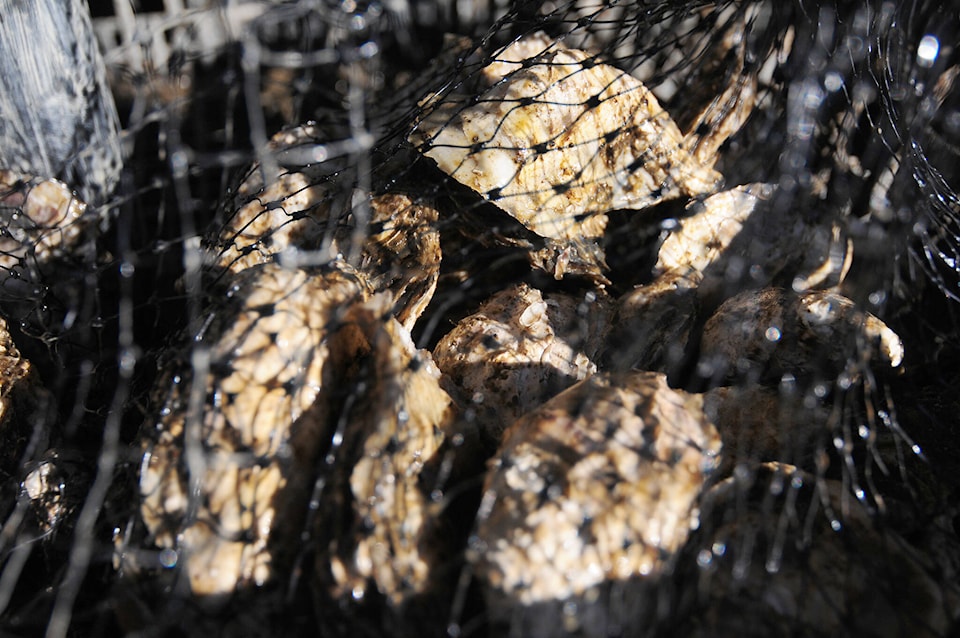The Prince Rupert DFO (Fisheries and Oceans Canada) Conservation and Protection Detachment is warning the public not to consume clams, cockles and other bivalves currently offered for sale from the North Coast unless the fish has been inspected and sold through a provincially and federally licensed facility.
“Currently, the entire North Coast area, in and around Prince Rupert, is closed to commercial shellfish harvesting and any sales occurring from the area are illegal,” Leri Davies, DFO strategic media relations advisor, told Black Press Media in an email.
Some bivalves, including clam and cockles that are frozen, fresh or canned, harvested from closed areas were not processed at a government-approved facilities and are being sold on social media platforms, the DFO stated.
The DFO is strongly advising anyone who may have purchased these products not to consume them.
“Consumption can lead to serious disease, injury, and possible death,” Davies wrote.
“The symptoms of paralytic shellfish poisoning include: tingling; numbness, spreading from lips and mouth to face, neck and extremities; dizziness; arm and leg weakness; paralysis; respiratory failure; and possibly death. Symptoms start quickly, within 30 minutes to three hours. The progression and intensity of the symptoms will vary.”
In B.C., all seafood merchants, including those who sell shellfish, must be able to prove the traceability of the fish to show that it was legally acquired from a government approved commercial source.
“Cooking will not destroy the toxins associated with paralytic shellfish poisoning or botulism,” Davies said, adding shellfish harvesting and processing in Canada is monitored under the Canadian Shellfish Sanitation Program and is one of the most comprehensive shellfish inspection programs in the world.
Anyone who feels ill after eating bivalve shellfish should immediately seek medical attention.
Botulism is a serious and often fatal form of food poisoning. Caused by the bacteria Clostridium botulinum, botulism can be found everywhere, but grows and produces its toxin when foods are improperly canned.
The symptoms of botulism include double vision, blurred vision, drooping eyelids, slurred speech, difficulty swallowing, dry mouth, and muscle weakness. Constipation may occur. Symptoms generally begin 18-36 hours after eating a contaminated food, but they can occur as early as six hours or as late as 10 days afterward,” Davies said.
The DFO is reminding the public of the Fishery Regulations, which prohibits a person from buying, selling, trading, bartering or offering to buy, sell, trade or barter, any fish that has not been caught under authority of a commercial fishing licence.
Convictions of an offence may result in fines of up to $100,000, or in the case of repeat offenders, jail time of up to one year.
Anyone with information about suspected violations of Canada’s Fisheries Act and regulations can call the Fisheries and Oceans Canada toll-free violation reporting line at 1-800-465-4336, or e-mail the details to DFO.ORR-ONS.MPO@dfo-mpo.gc.ca.
READ MORE: Commercial harvesters “financially devastated” by closures
READ MORE: Bachrach returns from salmon crisis talks in D.C.
Norman Galimski | Journalist
Send Norman
Like the The Northern View on Facebook
Follow us on Twitter
